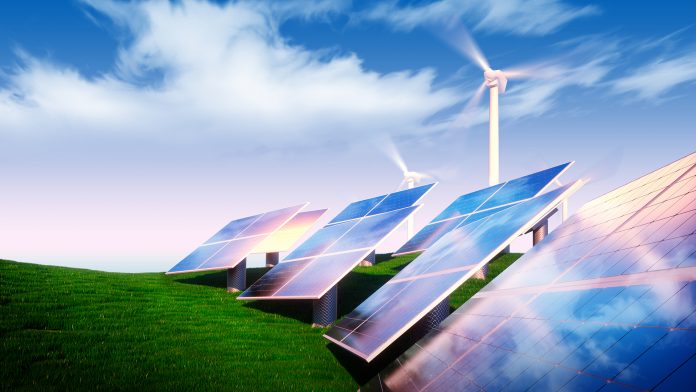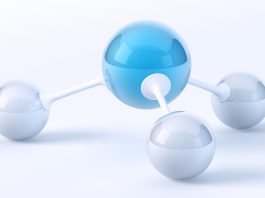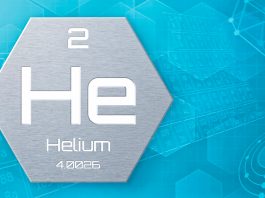Paula Pinho, Director at the Directorate-General for Energy, European Commission, details the findings of the European Commission’s latest Progress Report on Competitiveness of Clean Energy Technologies.
Russia’s military aggression against Ukraine has massively disrupted the world’s energy system. It has highlighted the European Union’s (EU) over-dependence on Russian fossil fuels and emphasised the need to enhance the resilience of the EU’s energy system. With energy prices at an all-time high, concerns about the security of EU energy supplies, and the risk of skills shortages across the EU, the twin green and digital transitions under the European Green Deal are more important than ever with a view to ensuring a more secure, affordable, resilient, and independent energy system.

Energy crisis response
Since the beginning of this energy crisis, the EU has responded with a range of measures to address the different challenges that have emerged with regard to the security of supply and high prices, without losing track of our medium-to-long-term climate and energy targets. The REPowerEU Plan,1 published in May 2022, has set the course of action aiming at phasing out imports of fossil fuels from Russia, through diversification of energy supplies, energy demand reduction and acceleration of the development of clean energy. There have also been a range of emergency measures, most recently those agreed at the Energy Council of December 2022. These include strengthened solidarity measures regarding gas supplies, the establishment of a joint gas purchasing platform, a market correction mechanism,2 and accelerated permitting rules for renewables.3 These emergency measures come in addition to gas storage rules agreed in the summer, and guidance to Member States on how to address high prices in line with EU internal market rules provided in the EU Energy Prices Toolbox adopted in autumn 2021.4
The massive scaling-up and acceleration of the deployment of clean energy technologies needed to deliver on the REPowerEU plan and the EU’s longer-term ambition require the EU’s energy system to overcome technological and non-technological challenges. Within this framework, strengthening the competitiveness of the EU’s clean energy sector is crucial to increasing the EU’s growth and technology sovereignty and to shape a more resilient, secure, and affordable energy system.
Progress Report on Competitiveness of Clean Energy Technologies
In this context, the European Commission presented in November 2022 the third Progress Report on Competitiveness of Clean Energy Technologies.5 The report takes into account the EU’s call for the higher and faster roll-out of clean energy technologies and the impact of the energy crisis on the sector. It builds on the latest available data to provide insights into ways of reinforcing the EU’s competitiveness in strategic energy value chains. It identifies opportunities and challenges of specific clean energy technologies and solutions in the EU, analyses the global energy market trends and dynamics, and maps the competitiveness of the EU’s clean energy system as a whole.
High energy prices have affected manufacturing costs. The impact has been substantial in particular for energy-intensive industries, while for clean energy technologies’ value chains the impact remains mixed. The current geopolitical context, combined with the lasting effects of the COVID-19 pandemic, has also led to disruptions in some global supply chains of materials and resources. The 2022 report shows that the EU should continue its efforts to reduce its dependency on raw materials – and effectively diversify its sources – as price surges for these products severely affect the costs and competitiveness of clean energy technologies. For example, the prices of commodities needed for these technologies, like lithium and cobalt, more than doubled in 2021, while those for copper and aluminium increased by around 25% to 40% respectively. In the same year, the decade-long trend of cost reductions for wind turbines and solar PV modules was reversed: compared to 2020, their prices increased by 9% and 16% respectively. Battery packs were at least 15% more expensive in 2022 than in 2021.
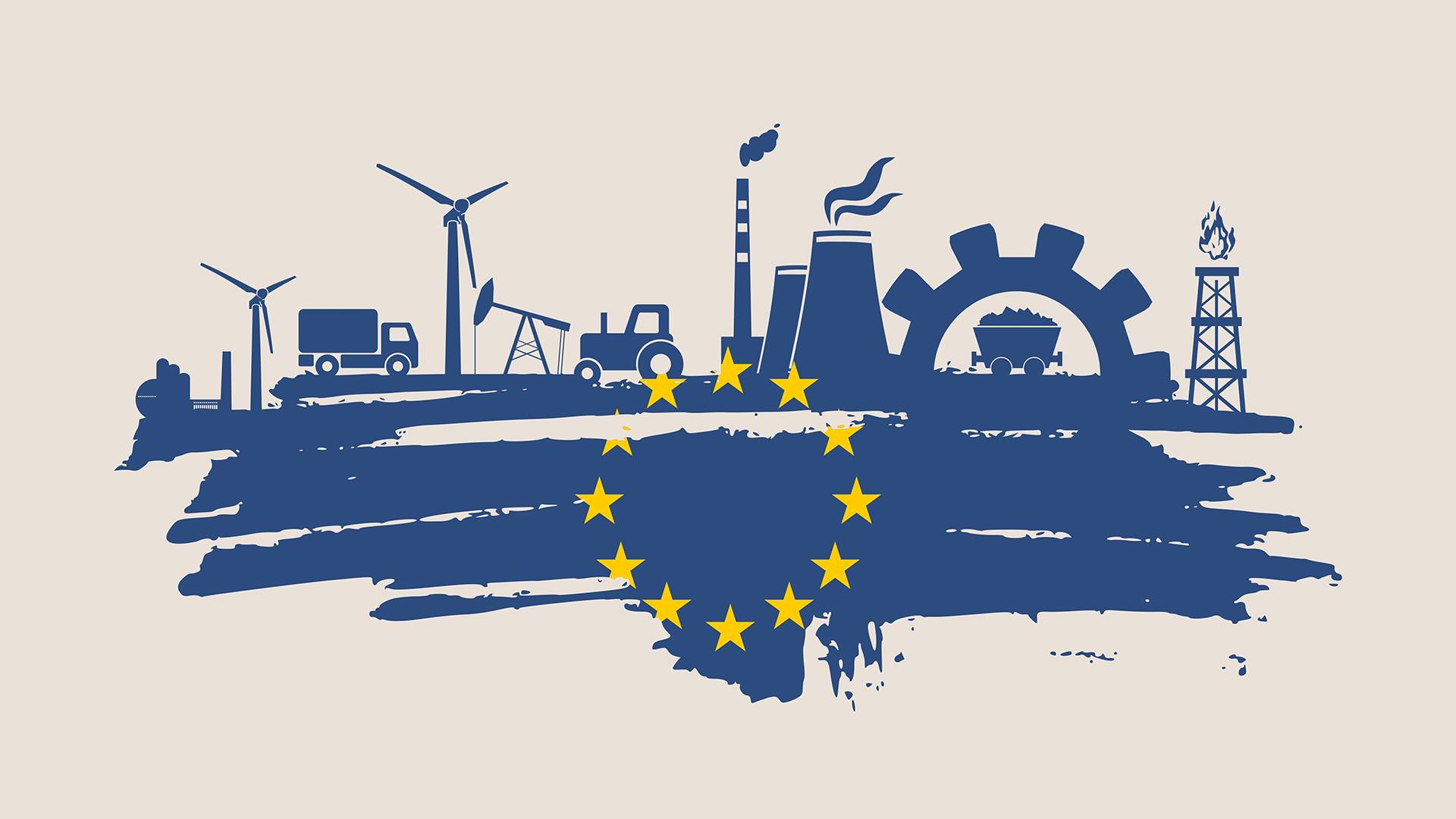
The shortage of skilled labour in various clean energy technology segments is another challenge to overcome for the EU’s clean energy sector. Nearly 30% of EU businesses involved in the manufacturing of electrical equipment experienced labour shortages in 2022. Within this framework, ensuring gender-balanced, fair and inclusive ecosystems is crucial, considering that, for example, less than 15% of start-ups in the EU are founded or co-founded by women.
Leaders in clean energy R&I
The 2022 report confirms that the EU is at the forefront of clean energy research, with research and innovation (R&I) investment steadily growing. At the global level, the EU remains a leader in ‘green’ inventions and high-value patents, being the top worldwide patent applicant in the fields of climate and environment (23%), energy (22%), and transport (28%). However, as half of the greenhouse gas emission reductions expected by 2050 require technologies which are not yet commercially available, more public and private investments in clean energy research and innovation and scale-up and deployment activities are needed and pivotal for the twin green and digital transition.
The EU’s regulatory and financial frameworks have a crucial role to play here. Together with the implementation of the New European Innovation Agenda,6 EU funding programmes, enhanced co-operation between Member States and a continuous monitoring of national R&I activities, are crucial to design an impactful EU R&I ecosystem, and to bridge the gap between research and innovation and market uptake, thus reinforcing EU competitiveness. In this regard, the European Commission adopted in December 2022 the 2023-24 work programme of Horizon Europe. With a budget of around €13.5bn, this will enable researchers and innovators in Europe to pursue breakthrough solutions for the environmental, energy, digital, and geopolitical challenges facing our economies and societies today.
The report also shows that the EU needs to further leverage its diverse talents, intellectual assets, and industrial capabilities, and to further mobilise private investors to participate in the EU-based start-ups’ and scale-ups’ innovation ecosystem. Despite the venture capital (VC) investments in the EU’s energy firms confirming the sustained growth seen over the past four years (up by 60% on 2020), the relative share of the EU’s VC investments in energy halved in 2021. With 10% of VC investment in energy firms, the EU ranks third worldwide, far behind the US (62%) and China (13.3%).
On specific clean energy technologies, the Progress Report on Competitiveness shows that the EU’s wind sector remains a world leader in R&I and ‘high value’ patents in 2022, with public spending accounting for €883m in the period 2014-2021. The EU currently hosts 38% of all innovating companies, with the biggest pool of start-ups and innovating corporates. However, with 11 GW of wind energy installed in the EU in 2021, the industry will have to more than double the current annual rate of capacity installation in the EU in order to achieve the 2030 energy and climate targets.
Major European innovation in photovoltaics
The EU has also confirmed its position as one of the largest markets for photovoltaics (PV) and as a strong innovator especially in emerging PV technologies and applications (such as agri-PV, building-integrated PV, and floating PV). However, the EU is heavily dependent on imports from Asia for several crucial components (wafers, ingots, cells, and modules) and retains significant presence only in the production equipment (50%) and inverter (15%) manufacturing segments. Innovative solutions and continuous technological advances represent additional opportunities for deployment in the EU.
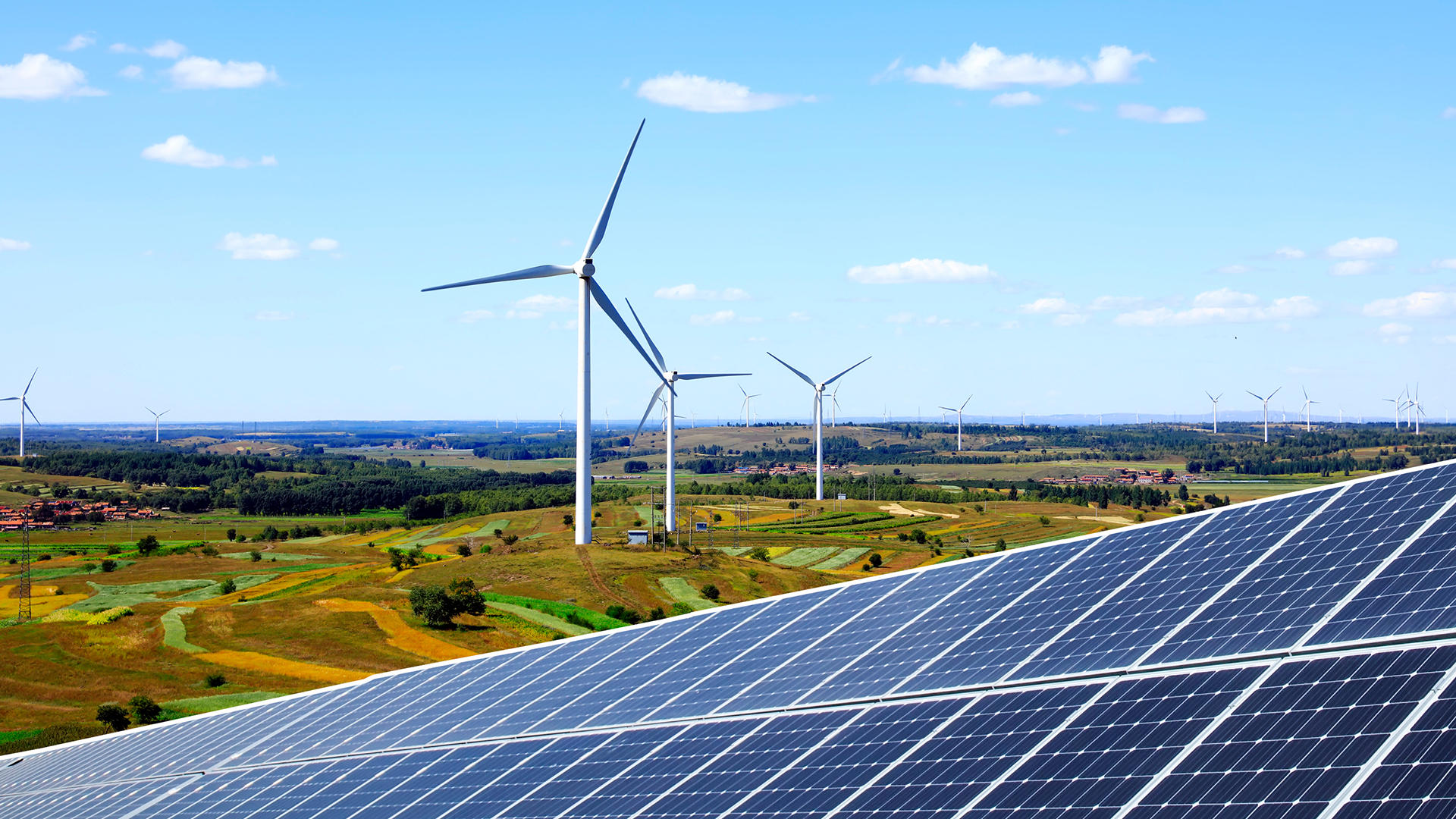
The report highlights how the EU is working to overcome challenges in several technologies to fully exploit their potential. Heat pumps are a good example for these challenges. On the one hand, the turnover for manufacturing, installation and maintenance activities in the EU has grown at an average annual rate of 21% over the last three years and amounted to €41bn in 2020. On the other hand, the heat pumps sector will have to accelerate its already fast-growing deployment and ensure systems affordability (especially for low-income households and SMEs), and EU suppliers will have to ramp up production in order to maintain their market share by comparison with third countries.
Energy storage and renewable fuels
With regards to battery production, despite the EU being on track to almost achieving self-sufficiency by 2030, the lack of domestically-sourced raw materials and advanced materials production capacity continues to pose challenges, and further attention is needed to increase recycling capacity and establish technological capability in cheaper/ longer-term storage.
The EU also benefits from its strong comprehensive approach to pull demand and supply in the field of hydrogen production through electrolysis. The European Commission and leading EU electrolyser manufacturers committed to increasing manufacturing capacity tenfold to 17.5 GW in hydrogen output by 2025. In addition, two Important Projects of Common European Interest (IPCEIs) were approved by the Commission in 2022 (July and September), for €5.4bn and €5.2bn worth of investments, involving 15 and 13 Member States respectively. However, high electricity prices and reliance on imports of critical raw materials concentrated in a few suppliers are fundamental weaknesses of the EU electrolysers’ value chains.
On renewable fuels, the EU is the clear market leader in operational commercial plants and high-value innovations. Despite limited installed and planned production for 2030, renewable fuels can still contribute to all Fit for 55 emission-saving targets, if certain technical and economic risks are addressed.
Innovation in the EU’s digital energy infrastructure will be key to ensuring that the electricity grid is fit for the future energy system. Demand for Home Energy Management Systems (HEMS) and smart EV charging is taking off and expected to grow, and the roll-out of an intelligent metering system is progressing in the EU (albeit at a slower pace than envisaged).
Moving forward
To conclude, the 2022 progress report provides insights on different ways to strengthen the competitiveness of EU clean energy technologies. In order to exploit fully its potential for leading the twin green and digital transition, it emphasises that the EU needs to leverage its diverse talents, intellectual assets and industrial capabilities.
The EU is working on a number of initiatives to further exploit its potential to upscale innovation and to avoid increasing its dependency for imported technologies needed in the energy transition. For example, the EU is on track to meet 89% of demand for batteries by 2030,7 largely thanks to the European Battery Alliance’s initiatives. Similarly, the European Solar PV Industry Alliance8 aims at scaling up manufacturing technologies of innovative solar photovoltaic products and components.
The EU’s strong presence and performance in global value chains and its access to third country markets is another essential element to strengthening the EU’s sovereignty. An emerging challenge for the EU is to prevent dependence on imported raw materials and the technological expertise for their processing and for manufacturing components. This becomes increasingly relevant as the twin green and digital transition will be fueled by access to raw materials. This challenge is one of the main priorities of the EU as illustrated by the recent announcement of the European Critical Raw Materials Act.9
At the same time, the current geopolitical crisis has also affected competition in the global clean energy market. Together with achieving the twin transition and facing the energy crisis, the EU has had to deal with the impact of third country measures, such as the US Inflation Reduction Act (IRA) and China’s policy to attract the EU industrial capacities. Within this framework, the European Commission is taking measures aimed at strengthening Europe as an industrial powerhouse.10 In November 2022, the European Commission launched the Clean Tech Europe – a high-level platform with Member States and stakeholders to discuss how to support the industrial ecosystem in Europe in promoting the clean energy transition. In January 2023, the President of the European Commission announced the Green Deal Industrial Plan to “make Europe the home of cleantech and industrial innovation on the road to Net Zero.”11
The European Commission will continue to step up its effort in shaping and monitoring the progress of the EU’s clean energy sector while considering the global energy landscape dynamics. This will inform policy decisions and help make the EU competitive, resource efficient, resilient, and climate-neutral by 2050.
The 2022 Progress Report on Competitiveness of Clean Energy Technologies was adopted on 15 November, as part of the Governance Implementation Package. Since 2020, the report is published yearly in accordance with Article 35(1)(m) of the Regulation on the Governance of the Energy Union and Climate Action, and accompanies the State of the Energy Union report.
The European Commission has set up the Clean Energy Technology Observatory (CETO), a common initiative between the European Commission’s Joint Research Centre, implementing the observatory, the Directorate-General for Research and Innovation, and the Directorate-General for Energy. The observatory annual reports provide the evidence-based analysis underpinning the Progress Report on Competitiveness of Clean Energy Technologies.
The information in this article is current as of January 2023.
References
- REPowerEU Plan, COM(2022) 230 final
- Council Regulation (EU) 2022/2578 of 22 December 2022 establishing a market correction mechanism to protect Union citizens and the economy against excessively high prices
- Council Regulation (EU) 2022/2577of 22 December 2022 laying down a framework to accelerate the deployment of renewable energy
- Tackling rising energy prices: a toolbox for action and support, COM(2022) 668 final
- Progress on competitiveness of clean energy technologies, COM(2022) 643 final
- A New European Innovation Agenda, COM(2022) 332 final
- European Battery Alliance (europa.eu)
- One of the concrete initiatives of the EU Solar Energy Strategy, COM(2022) 221 final
- As announced in the 2022 State of the Union Address on 14 September 2022 https://ec.europa.eu/commission/presscorner/detail/ov/SPEECH_22_5493
- Speech by Commissioner Thierry Breton, Berlin Industriekonferenz 2022 (europa.eu)
- Davos 23: Special Address by Ursula von der Leyen, President of the European Commission | World Economic Forum (weforum.org)
Paula Pinho
Director
Directorate-General for Energy
European Commission
https://commission.europa.eu/about-european-commission/departments-and-executive-agencies/energy_en
media@eusew.eu
Please note, this article will also appear in the thirteenth edition of our quarterly publication.

